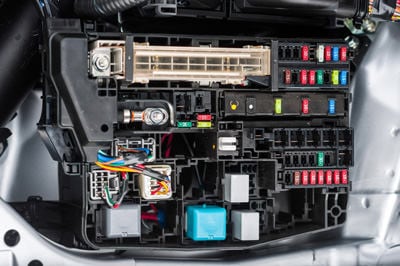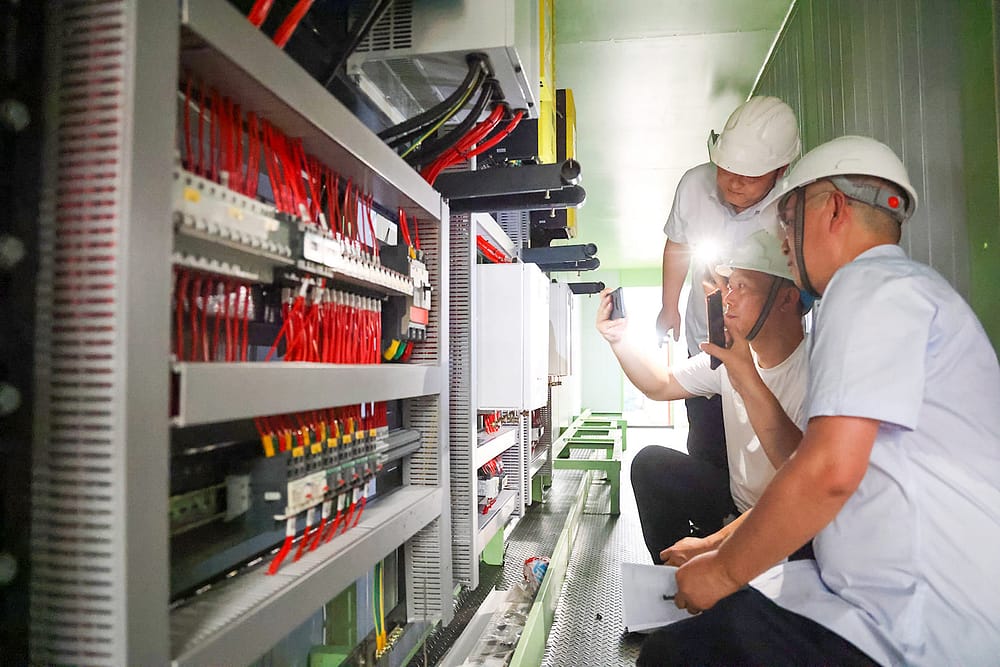Streamline performance with expert mechanical system optimisation support.
Streamline performance with expert mechanical system optimisation support.
Blog Article
Leading Tips for Effective Electrical System Troubleshooting
Troubleshooting electric systems requires a methodical approach, grounded in a comprehensive understanding of electrical concepts and safety methods. By acquainting oneself with circuit elements, making use of necessary tools, and adhering to an organized examination approach, professionals can successfully identify and solve problems. Nevertheless, the nuances of effective repairing prolong past plain technological understanding; understanding how to record searchings for and focus on safety and security can dramatically influence end results. As we explore these vital components further, it ends up being clear that mastering this process is not simply useful yet important for success in the area.
Understand the Essentials
Recognizing the essentials of electrical systems is important for reliable troubleshooting, as a strong structure enables specialists to identify and fix problems much more effectively. A comprehensive understanding of electric principles, such as voltage, existing, resistance, and power, is important in recognizing the origin creates of troubles. Voltage is the electrical prospective difference that drives current through a circuit, while resistance opposes the flow of current, affecting the total performance of the system.
Familiarity with circuit elements, including resistors, capacitors, diodes, and switches, is also extremely important. Each part plays a distinctive duty in circuit actions and can impact efficiency when malfunctioning. In addition, recognizing series and identical circuit setups is vital, as these setups affect the distribution of voltage and existing within the system.
Furthermore, expertise of security procedures is vital. Service technicians need to know prospective risks, such as shock and brief circuits, to carry out safe troubleshooting methods. By mastering these fundamental principles, technicians improve their capacity to perform reliable diagnostics and fixings, ultimately leading to enhanced performance and dependability of electric systems. This foundational knowledge is the keystone of successful repairing endeavors.
Gather Necessary Devices
Efficient troubleshooting of electric systems calls for the appropriate set of devices to detect and solve issues properly. A well-appointed technician can dramatically enhance performance and effectiveness in recognizing troubles. Necessary devices include a multimeter, which determines voltage, current, and resistance, enabling accurate assessments of electrical parts. Secure meters are additionally beneficial for determining current without detaching the circuit, guaranteeing security and benefit.
Furthermore, insulated hand tools such as screwdrivers, pliers, and wire strippers are essential for securely controling electric links. It is also advisable to have a circuit tester accessible to validate the presence of voltage in outlets and wires. For more complex systems, a thermal imaging electronic camera can help spot overheating parts, showing prospective failings.

Comply With an Organized Technique
Having collected the appropriate devices, the following action in fixing electric systems is to follow an organized method. A systematic method makes certain that professionals can identify faults efficiently and precisely, minimizing downtime and stopping unneeded repair services.
Begin by assessing the system's schematic diagrams and requirements. Recognizing the design and operational parameters will certainly offer context for diagnosing issues. Next, separate the trouble location by utilizing a procedure of removal. This includes monitoring each part systematically, beginning with the power resource and functioning in the direction of the tons.
Use testing tools, such as multimeters and oscilloscopes, to collect objective information concerning voltage, present, and resistance at numerous factors within the system. This empirical proof will assist your troubleshooting initiatives and aid to confirm or remove potential reasons of failure.
Additionally, consider ecological aspects that might affect the go right here system's performance, such as temperature level fluctuations or dampness ingress. A detailed examination of wiring, links, and elements will ensure that all possibilities are accounted for.
Document Your Searchings For
Extensive documents is vital in the fixing process of electric systems. This method not only aids in understanding the root reason of the problem but also serves as a referral for future fixing efforts.

Additionally, keeping a log of parts changed or repairs carried out is important. This information supports supply management and can help examine the long life and reliability of details components.
Inevitably, the documentation procedure ought to be comprehensive yet concise, enabling easy access and testimonial - electrical system troubleshooting. By focusing on detailed documentation, specialists can develop an important data base that not only help in existing troubleshooting however additionally empowers future upkeep efforts, therefore enhancing overall system reliability

Prioritize Safety And Security Steps
Recognizing the fundamental risks connected with electrical systems is critical for making sure security during troubleshooting. Electrical shock, burns, and equipment damage are just a few of the you could check here potential hazards that service technicians face. Prioritizing security procedures is not these details only a lawful obligation but additionally an ethical vital that safeguards both the technician and the surrounding setting.
Before beginning any type of troubleshooting job, professionals ought to don proper individual protective equipment (PPE), consisting of protected gloves, security glasses, and flame-resistant clothing. Guaranteeing that the workspace is completely dry and without mess can substantially lower the danger of mishaps. It is necessary to de-energize circuits prior to beginning any kind of work, verifying that they are not live via the usage of a multimeter or voltage tester.
Developing clear communication protocols with staff member is also important; this makes sure that every person recognizes prospective risks and the status of the electric system being worked on. Last but not least, having an emergency situation reaction plan in place can show indispensable in case of an event. By focusing on safety procedures, specialists can successfully minimize threats and promote a safer office.
Final Thought
Effective electrical system fixing counts on a comprehensive understanding of fundamental concepts and a systematic strategy. Prioritizing safety and security procedures guarantees the wellness of individuals involved and the honesty of the electric system.
Report this page